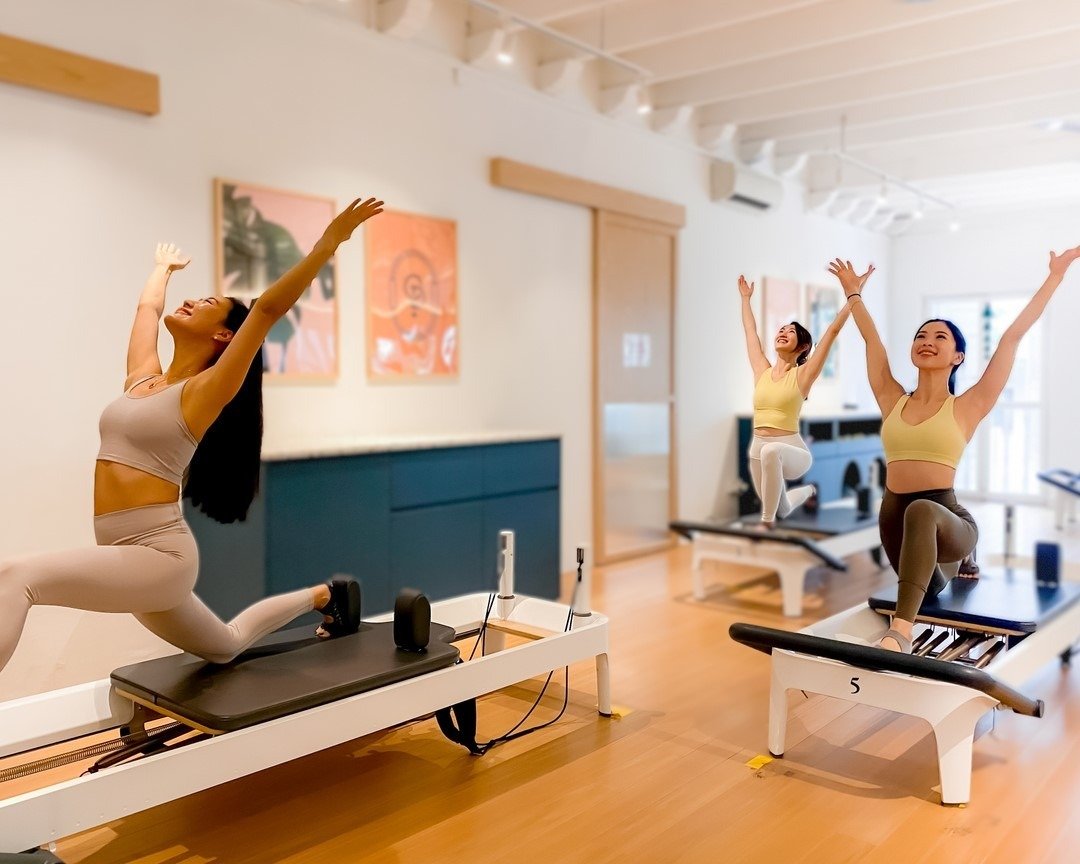Can breathwork and bodywork really unlock trauma in the body?
The science behind breathing through emotional blocks for better holistic health
Text: Leila Louise Fitton
Two years ago, I started having panic attacks. I didn’t know what was happening at the time, but they were caused by a mix of stress in my job as well as a past relationship. When they were triggered, I’d feel anxious and out of control. My whole being was so riddled with trauma and I needed to face my emotions to stop the attacks happening. I felt like I was poisoned.
It was my brother who told me it was possible to unlock trauma in the body through breathwork. It had worked for him, and although hesitant at first, I trusted his opinion. My first session was at Alchemie Boutique Bangsar, and this was when I met my healer Lou Eu.
Regain control
My panic attacks bought on tingling sensations followed by numbness on the left side of my face, neck, chest, and even my mouth. When they struck, my breathing became shallower, and a pins-and-needles sensation would spread to my hands, wrists, fingertips and legs. It would continue for about twenty minutes before I could calm down.
Lou advised me to let the experience run its course, lie on my back, and by breathing steadily, feel the sensations permeate through my body. More attacks came, but I handled them more calmly each time. Don't get me wrong — I could never get used to it — but through breathwork I slowly I regained control over my body and started to relax. Every night before sleep, I'd place the tip of my right thumb against the outside of my right nostril and inhale through the left. Then, close the left nostril to exhale through the right. I did this repeatedly for however long I felt fit — usually about ten minutes. Breathing through the left nostril calms and cools us (catalysing the effect of Ida Nadi of prānāyāma practice). It’s believed to increase activity in the right side of the brain which is responsible for processing our emotions and influencing our creativity.
Every breath you take
As hard as it was, working through the panic attacks made me appreciate my physical, spiritual and emotional self, but most of all, I realised the importance of breathwork and listening to my body. Through repeating the practice I’ve unlocked stored trauma and started on a journey towards healing. After all, breathwork and bodywork is the most natural way to feel empowered, even if it feels challenging initially. Every breath is yours; you own it and it comes from within you.
In his book The Body Keeps the Score, Psychiatrist Bessel van der Kolk explains how trauma and stress bring harm through physiological changes to your body and brain causing diabetes, heart diseases and even cancer. Inspirational Speaker Diana Raab says in Psychology Today: "What the mind forgets, the body remembers."
The Soothe speaks to Lou Eu in more detail about how yoga, bodywork and breathwork can unlock trauma in the body.
1. How does yoga and bodywork help unlock trauma in the body?
Yoga and bodywork such as myofascia release, deep tissue massage and rolfing, specifically target the lengthening and stretching of the body’s fascia (the connective tissue under the skin that attaches, stabilises, encloses and separates all your muscles and internal organs). In certain Asian healing traditions, fascia is known as the ‘deep skin’; a layer that contains all the memories of the past, experiences and traumas. That is why yoga gives the experience of a strong emotional release after deeply stretching out the chest and heart area, or the thighs and hips.
2. How does breathwork unlock trauma?
On a physical level, breathwork initially tapa into trauma stored mainly in the tightness of the diaphragm and psoas muscles. These two important muscles are integrally connected to our fight or flight stress response. Deep and active, or at times fast paced breaths while engaging the diaphragm and belly (for ‘deep belly breaths’) allows us to access traumas and wounds from the past.
Allowing ourselves to feel the emotions and memories that comprise these traumas is a profound process. The emotional charge of the traumas is allowed to flow, and its hold on us is released. After a session, many people feel lightness and clarity.
3. What other ways can we unlock trauma in the body?
Movement exercises, yoga, dance, meditation, therapy and deep tissue massage are other ways.
The primary response we often have to trauma is that our heart beats faster, muscles get tense and ready to run, fight or freeze. Firm pressure and slow strokes through massage to reach deeper layers of the fascia will reduce the tension. Interestingly, the areas a myofascial release therapist might be working on may not be near to where you feel the most prominent pain. Tension spreads through trigger points across a broad section of your muscular system.
4. Are there any new methods of breathwork we should know about?
Dr. David Berceli's Trauma Release Exercise (TRE) is a new method being used to treat US military with PTSD. It’s something I feel some can practice more easily compared to therapies that appear to be more 'mystical' or 'new age'.
The stretching in TRE helps to activate central pattern generators which are networks of neurons in the centre of the spinal column and going into the brain. By safely activating a natural reflex mechanism through specific movements, muscular tension is released, the nervous system is calmed, and the body is encouraged to return to a state of balance. It’s definitely worth exploring.













